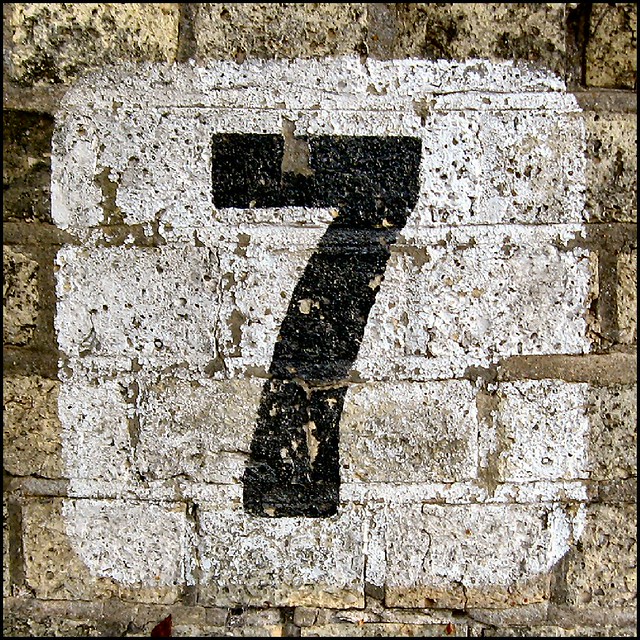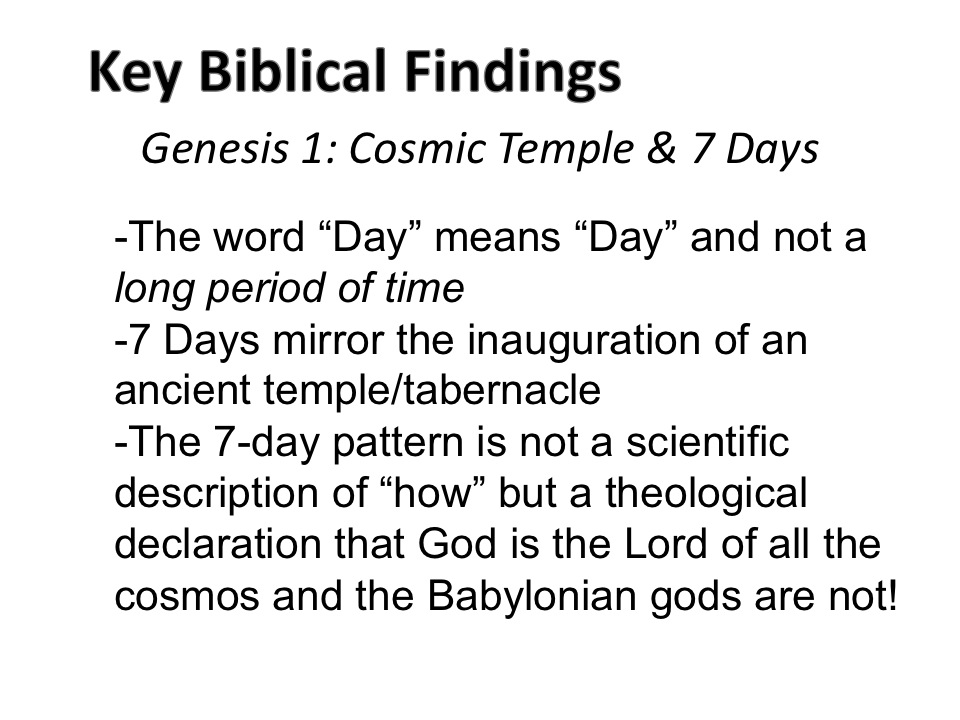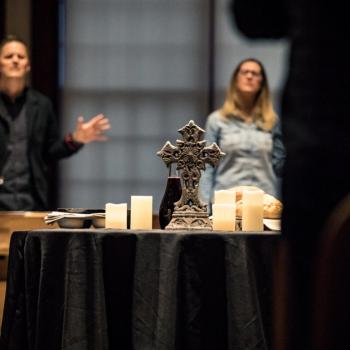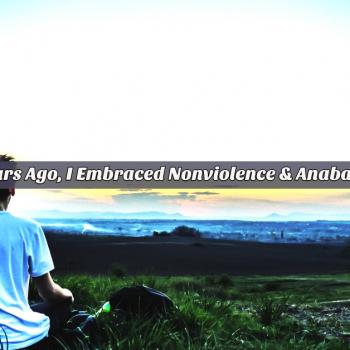
The following series is based on my senior paper for Seminary. You may remember a video where I invited people to contribute their stories to help make my case. For the next couple weeks, I’ve decided to share my findings with you all. There will be a “thesis/problem” section, a “biblical theology” section, and an “application” section. I hope you will read along and share this with others! You can read the rest of the series here.
—————————————————————————————
Evolving Evangelicalism: Inviting Church Leaders to Refine their Approach to Scripture and Origins (part 7)
The Cosmos as God’s Temple and the 7 Days of Creation
Having placed Genesis 1 within a functional ontology, we are now free to re-imagine its relation to science. This particular text is clearly not about the beginning of materiality (this does not mean that God is not the source of materiality – this was already implicit to Israel). We now look to the issue of the 7-days of creation in Genesis 1. Are these days that represent long epochs of time (as in the Day-Age Theory), or are they representative of 24-hour periods? For those frustrated with methods that attempt to make day denote a long time, I agree with you. A day in Genesis 1 is a day. What we often fail to notice, however, is the purpose of framing the functional creation around a 7-day liturgical pattern. Understanding the purpose of the 7-day pattern is now our focus.
To recognize the significance of the 7 days in Genesis 1, the “cosmic temple inauguration view” is imperative for interpretation.[1] Medieval rabbis recognized that Genesis one’s creation mirrors both the tabernacle of Moses and the temple of Solomon. This connection to primordial time ultimately functioned to connect the Sabbath week to God’s designed purpose of the cosmos.
Significant parallels ought to be noted between the creation week and the “creation” of a functioning temple/tabernacle. When Moses constructed the tabernacle, its inauguration took seven days, culminating with Moses having “finished the work” (Exodus 40.33). Genesis 2.2 has this same sort of finishing on the seventh day. Many other examples of theological mirroring exist between Genesis 1 and the inauguration of the tabernacle (and eventually the temple), because building a sanctuary “is a microcosm, the re-creation of the cosmos on a smaller scale.”[2]
In the ancient world, deities dwelt restfully in temples. Day 7 reflects that when God finished organizing the functional elements of the world to operate for the benefit of human image bearers, God rested. The difference here, in opposition to Solomon’s temple, is that this passage envisions the whole universe as God’s cosmic temple. After the “chaos” was arranged to function with “order,” God rested upon the cosmic temple as the ruler of all things.[3]












